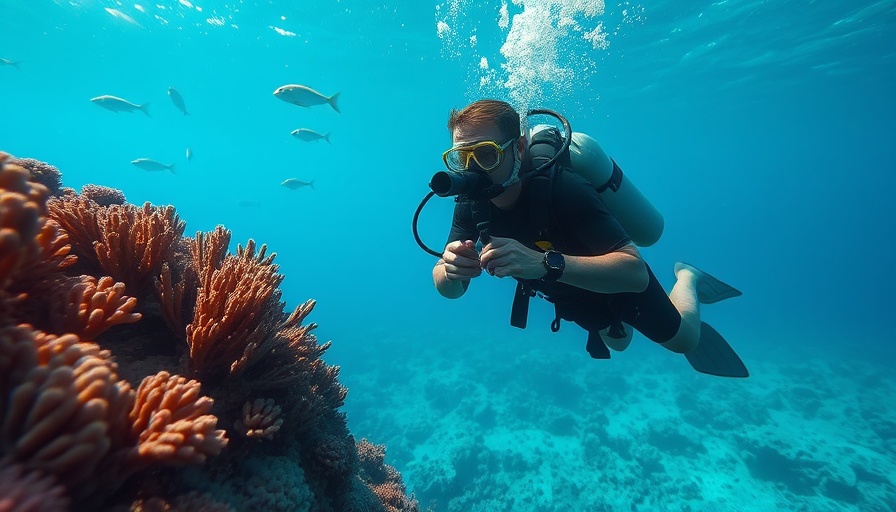
Revolutionizing Coral Research with New Microscopy Technology
Recent advancements in marine biology have opened up new frontiers in our understanding of coral ecosystems. Scientists at UC San Diego's Scripps Institution of Oceanography have developed a groundbreaking diver-operated microscope, known as the Benthic Underwater Microscope imaging PAM (BUMP), which brings hidden coral biology into sharp focus.
Unveiling the Secrets of Coral Photosynthesis
The BUMP microscope employs pulse amplitude modulation (PAM) light techniques to provide unprecedented insight into coral photosynthesis on a microscale. This innovative tool allows researchers to study the health and physiology of coral reefs directly in their natural habitats, tackling long-standing questions about coral bleaching—a phenomenon that threatens these vibrant ecosystems.
The Importance of Symbiotic Relationships
Corals rely heavily on symbiotic microalgae, which reside within their tissues and are essential for their survival. These algae perform photosynthesis, converting sunlight into the energy that sustains coral growth. Interestingly, when stressed by environmental changes such as rising water temperatures, corals expel these helpful algae, leading to a condition known as coral bleaching.
Why Understanding Coral Health Matters
Understanding how microalgae behave within coral tissues is vital for conservation efforts. The new findings from BUMP's work could provide insights into why corals bleach and how we can protect them. Being able to measure how individual algae photosynthesize not only enhances our understanding of coral health but can also inform strategies for reef restoration.
Field Applications and Future Implications
The BUMP has already demonstrated its potential during field deployments in the Red Sea, where it successfully imaged and measured coral reefs. Such field applications signify a technological leap in assessing coral health, moving beyond lab-based research to real-world observations. This enhances our grasp of the ongoing challenges faced by coral reefs globally.
Engaging the Community for Coral Conservation
Raising awareness about coral health can galvanize public support for conservation initiatives. By sharing insights from such research with local communities and schools, we can foster a deeper appreciation of marine environments. Engaging in conversations about biotechnology's role in conservation can also enlighten others about the impact of human activities on coral ecosystems.
Conclusion: A Call to Action for Coral Conservation
The development of the BUMP microscope represents a significant leap in marine biology technology, giving scientists new tools to study and protect coral ecosystems critically. Everyone can play a part in protecting our oceans, from being mindful of our environmental impact to supporting local conservation efforts. Let's work together to cherish and safeguard our fragile coral reefs.
 Add Row
Add Row  Add
Add 




Write A Comment